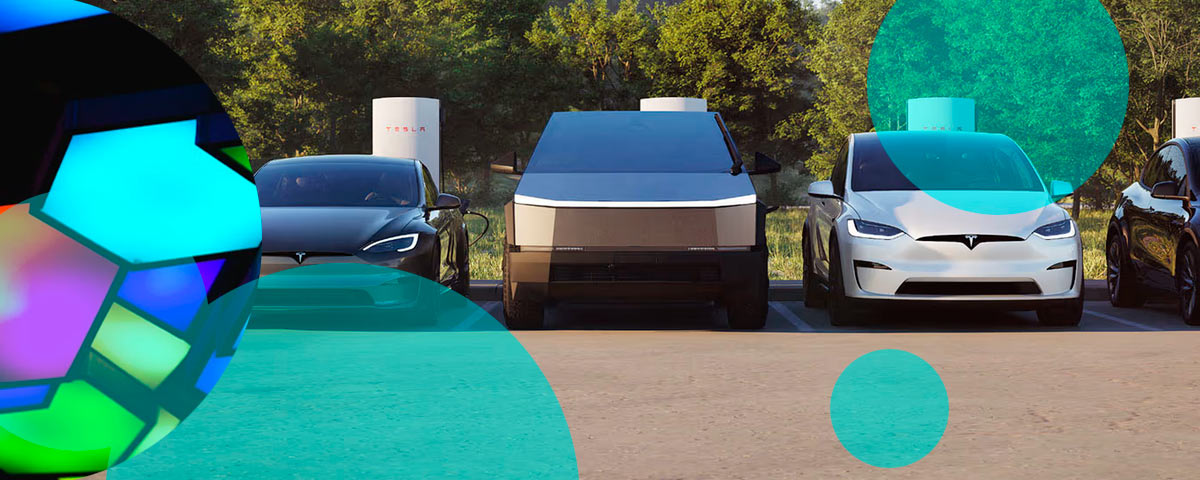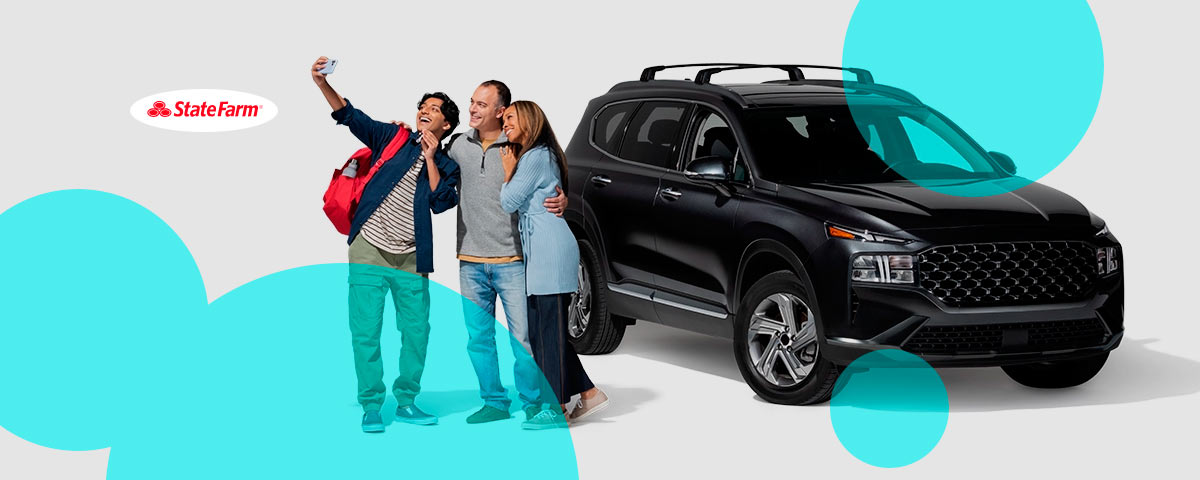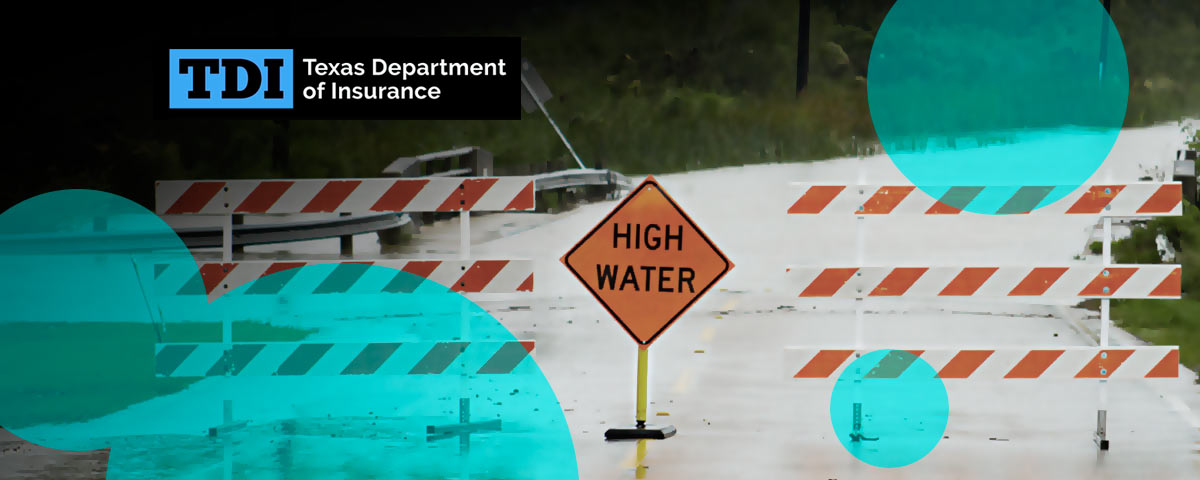James Chan, director of analytics at AM Best, said insurers in China keep tightening ties with EV makers to grab better data, sharpen underwriting and lift margins.
China’s regulator, the National Financial Regulatory Administration, rolled out a few moves aimed at steadying the nonlife sector.
They extended the transition period for the C ROSS Phase II solvency regime through the end of 2025, giving insurers breathing room under capital rules that became effective in 2022. Some insuers have tapped debt markets or raised equity to meet the higher capital bar.
According to our analysts, the average C ROSS solvency ratio in nonlife stayed stable through 2024 and into mid 2025, well above the minimum line.
The regulator also pushed guidance on underwriting expenses and data accuracy. Insurers need tighter control on acquisition costs and overdue receivables.
The idea isn’t exotic: curb reckless competition, stop margin erosion, and protect policyholders in the long run.
Chan said Chinese insurers weave AI deeper into daily operations. They use AI to enhance underwriting speed, smooth out claims handling, strengthen customer service, and streamline sales and back office work.
Smaller insurers lean on low cost open source tools, using them as a shortcut into digital territory without burning big capital.
Even so, the transition carries friction. Skill gaps, poor data quality, tight budgets, and cultural resistance pop up a lot.
He said the winners will be the flexible ones. Leadership teams need to weigh upfront spending against long term benefits and decide where AI genuinely moves the needle rather than installing tech just for show.
Motor remains China’s biggest product line, roughly 50% of total premiums. The surge in new energy vehicle sales continues, helped by tax incentives and government support for green mobility.
NEVs still show higher loss frequency because many drivers lack experience with the vehicles. Loss severity also runs higher due to pricey repairs and battery replacements.
But the gap between NEVs and combustion vehicles keeps narrowing thanks to stronger pricing discipline, tougher underwriting, and tighter claims management. A few leading players are already reporting underwriting profit in NEVs in 2025.
Chan said more insurers now partner with NEV makers to access granular data, especially around ride hailing risk. Accurate telemetry beats guesswork every time.
As the regulator gradually relaxes rate guidelines, insurers may gain more freedom to set premiums that reflect actual risk.
With better data, better pricing, and better underwriting, margins should continue improving, making the motor segment more sustainable.
Growth in nonlife won’t stay confined to motor. Chan sees commercial health insurance as a strong expansion lane.
Medical reforms keep widening access to higher quality care, and people want treatments and specialty drugs outside social insurance coverage. Demand for private health products rises accordingly. That trend doesn’t look short lived.
In 2024, the State Council pushed a cluster of guidelines touching green finance, inclusive finance, tech innovation, elder care, and digitalization.
Insurers responded by developing products for solar, wind, hydropower, and the fast growing low altitude economy built around drones and related liability risks.
High tech manufacturing also stands out as a focus, with insurers offering property and liability protection for advanced production lines.
Liability coverage keeps expanding too, especially in areas tied to workplace safety and environmental risk. Companies face tougher accountability, and insurers see opportunity.
Inclusive finance shows momentum, with low cost medical offerings such as Huiminbao and affordable homeowners coverage for lower income groups. Agro insurance grows as well, aligning with national policy and farmers’ need for stable risk protection.
Chan said all these growth pockets point to a more diverse and inclusive nonlife landscape.
The sector isn’t just chasing volume anymore; it’s spreading into areas that match China’s broader economic priorities.
Maybe that’s why insurers are pushing NEV data, embracing AI, and testing new lines all at once. The market feels bigger, messier, and honestly a lot more interesting than it looked a few years ago.









